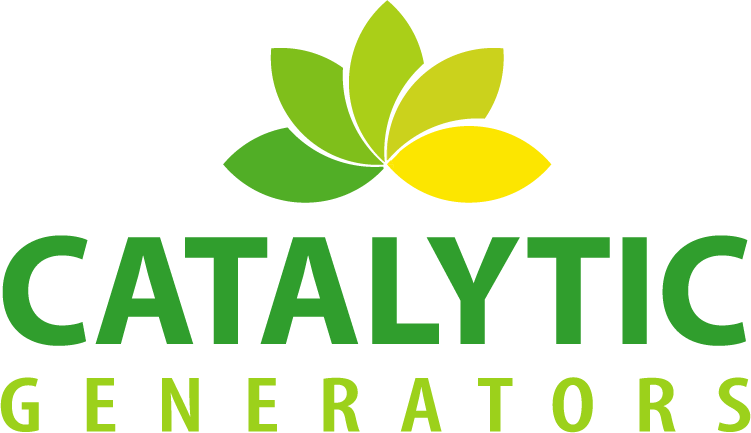Science Project Information on Ethylene
We receive many questions and requests for help regarding science projects that concern ethylene and fruit ripening. Our web site, while intended for those companies engaged in the commercial application of ethylene, does contain useful information for students desiring to learn more about ethylene and how it affects the ripening of various fruits. This section of our web site will pinpoint several pages and web sites that will assist a student studying ethylene.
Please note the following points:
We only sell our Ethy-Gen® II and ethylene generators to businesses engaged in the commercial application of ethylene for fruit ripening, tobacco curing or citrus degreening.
Our products are for commercial ripening rooms, and emitting ethylene into incorrectly-sized spaces can have disastrous results.
We are often asked to sell small quantities of Ethy-Gen® II for science experiments – WE DO NOT DO THIS, as it is dangerous and unnecessary. Please use our alternative apple method instead, detailed below.
Using apples to ripen bananas or other climacteric fruit:
Obtain one or two hands (bunches) of green bananas that have not had ethylene applied to them. Typically, these cannot be purchased at a local grocer; one must contact a produce company or banana distributor that ripens bananas.
Also obtain several apples. These are high ethylene producers.
Place one – two apples in a sealed container with a hand of bananas. Place the other hand of bananas in a separate sealed container with NO apples.
Place both containers in an area that is 60 – 72°F / 15.5°C - 22°C (room temperature is sufficient; however, better results are achieved at the lower side of this scale. See our banana color chart for details.).
Do not open the containers for 24 hours. After 24 hours and every 24 hours thereafter, remove the lids of the containers to vent. This will replenish the O2 and release the CO2.
Monitor the ripening of the fruit, comparing color changes in the bananas. Refer to our Banana Ripening and Color Chart. Also follow the banana ripening tips found on our website.
Note: if it is desired to measure the ethylene levels that the apples produce (and lack of ethylene in the control container), this can easily be done with our Air Testing System and Ethylene Detection Tubes.
